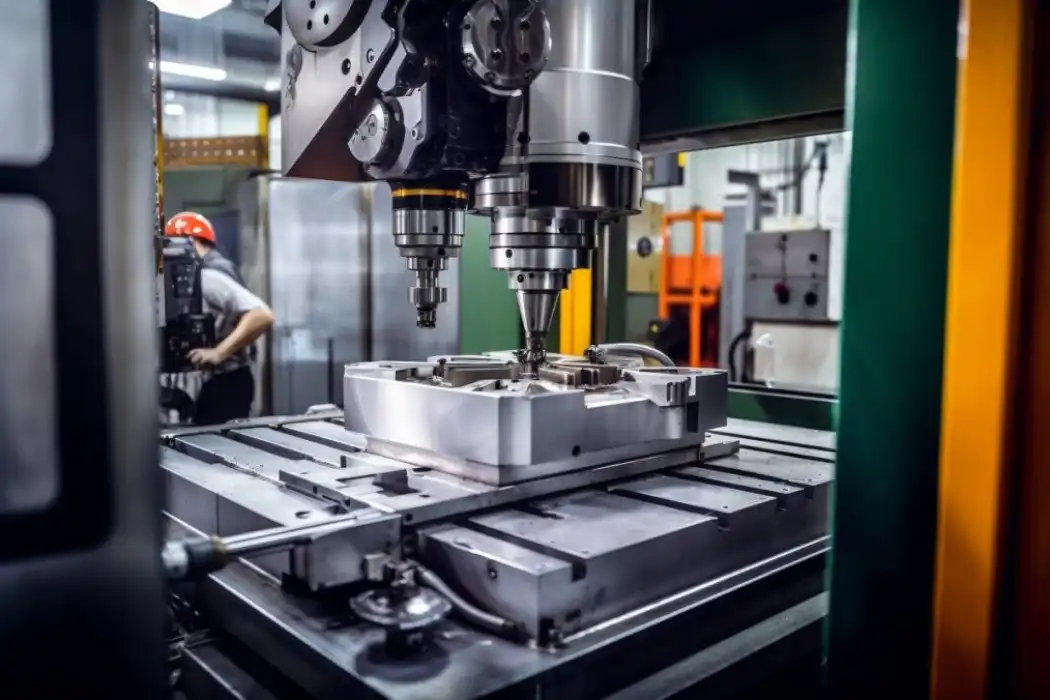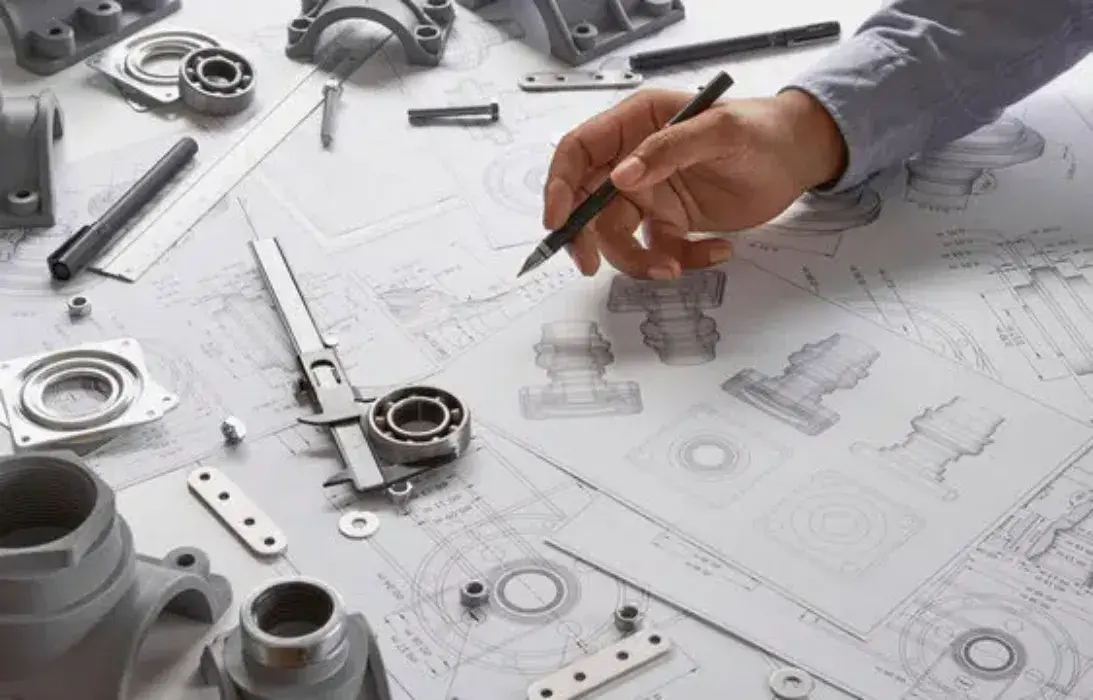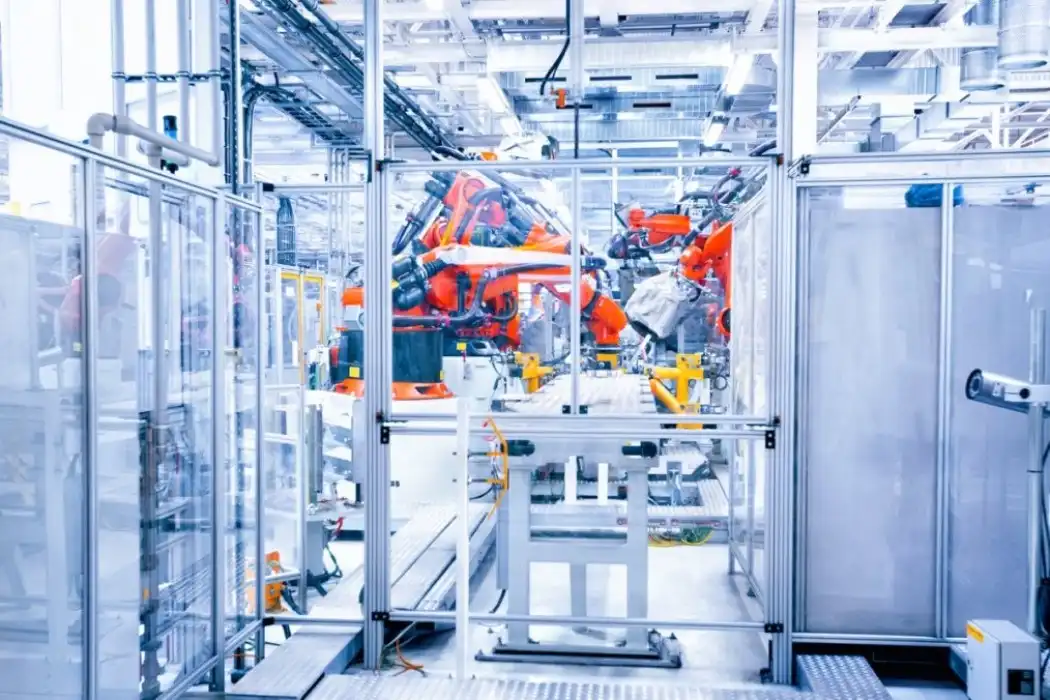The Advantages of CNC Aluminium Machined Parts
Lightweight Yet Strong: The Perfect Balance
Aluminium's exceptional strength-to-weight ratio makes it an ideal material for CNC machining. When reducing weight is of the utmost importance without sacrificing structural integrity, this lightweight metal is an excellent choice due to its remarkable resilience. In industries like aerospace and automotive, where every gram counts, CNC aluminium parts provide the perfect balance between strength and weight savings.
Corrosion Resistance: Long-lasting Performance
One of the standout features of aluminium is its natural resistance to corrosion. When exposed to air, aluminium forms a thin oxide layer that protects aluminum CNC parts from further oxidation. Because of this inherent durability, CNC aluminum machined components keep looking and working great even after prolonged exposure to harsh conditions. Businesses in the marine or outdoor equipment manufacturing sectors greatly benefit from this corrosion resistance.

Thermal Conductivity: Efficient Heat Dissipation
Aluminium's excellent thermal conductivity makes it an optimal choice for components that require efficient heat dissipation. CNC machined aluminium parts are frequently used in electronics enclosures, heat sinks, and other applications where managing thermal energy is critical. This quality not only makes the product work better, but it also helps electronic parts last longer by keeping them from getting too hot.
Design Considerations for CNC Aluminium Parts
Optimizing for Machinability
When designing parts for CNC aluminium machining, it's essential to consider the material's machinability. Aluminium alloys are generally easy to machine, allowing for complex geometries and tight tolerances. Chip formation and tool wear are two possible obstacles that designers should keep in mind. Incorporating features like rounded corners and avoiding extremely thin walls can enhance machinability and reduce production costs.
Leveraging Aluminium's Versatility
Aluminium's versatility allows for a wide range of design possibilities. Aluminum CNC parts embody this versatility. Using computer numerical control (CNC) machining, complicated aluminum designs can be realized, from lightweight honeycomb structures to intricate interior channels. Integrated cooling systems or maximizing part strength through strategic material distribution are two examples of how designers can take advantage of aluminium's qualities through inventive shapes.
Surface Finish Considerations
The surface finish of CNC aluminium machined parts can significantly impact both aesthetics and functionality. Several finishing processes, including as powder coating, polishing, and anodizing, work well with aluminum. When designing parts, consider the desired final appearance and any functional requirements related to surface texture. Specifying the appropriate surface finish early in the design process can streamline production and ensure the desired results.

Manufacturing Process and Quality Control
CNC Machining Techniques for Aluminium
A number of cutting operations, including as milling, turning, and drilling, are used in CNC machining of aluminum. To get the best results, it's important to choose the right cutting tools, speeds, and feeds. High-speed machining (HSM) is particularly effective for aluminium, allowing for rapid material removal while maintaining excellent surface finishes. Modern computer numerical control (CNC) machines with through-spindle coolant systems allow for even more precise and efficient milling.
Quality Assurance Measures
Maintaining high quality standards is paramount in aluminum CNC parts production. It is critical to have stringent quality control procedures all through production. This includes regular tool wear monitoring, in-process inspection using coordinate measuring machines (CMMs), and final dimensional verification. Ultrasonic inspection and other non-destructive testing techniques may also be used to find interior flaws in important parts.
Post-Machining Treatments
After CNC machining, aluminium parts often undergo additional treatments to enhance their properties or appearance. In order to improve corrosion resistance and enable color dyeing, anodizing is a common technique that generates a strong, permanent oxide coating on the surface. Some aluminum alloys may have their strength and hardness enhanced by heat treatment. To further guarantee the components fulfill demanding performance and quality standards, deburring and stress relief procedures could be required.

Conclusion
CNC aluminium machined parts and aluminum CNC parts offer a compelling combination of lightweight strength, corrosion resistance, and design flexibility. Manufacturers may maximize the use of aluminum by learning about its specific characteristics and then designing to be CNC machined. Because of their great performance and affordability, CNC aluminum parts are always innovating, whether it's for consumer electronics or aerospace components. In the future, CNC aluminum machining will have even more groundbreaking applications made possible by the ever-increasing capabilities of modern technology.
FAQS
What are the most common aluminium alloys used for CNC machined parts?
The most frequently used aluminium alloys for CNC machining include 6061, 7075, and 2024. Each alloy offers different properties, with 6061 being versatile and easy to machine, 7075 providing high strength, and 2024 offering good fatigue resistance.
How do CNC aluminium parts compare to 3D printed aluminium parts?
CNC aluminium parts generally offer higher precision, better surface finish, and superior mechanical properties compared to 3D printed aluminium parts. However, 3D printing can be more cost-effective for complex geometries in low volumes.
What are the typical tolerances achievable with CNC aluminium machining?
CNC aluminium machining can achieve tight tolerances, typically in the range of ±0.05mm to ±0.1mm (0.002" to 0.004"). For highly precise components, even tighter tolerances down to ±0.025mm (0.001") can be achieved with specialized setups.
Can CNC aluminium parts be used in high-temperature applications?
While aluminium has a relatively low melting point compared to some other metals, certain aluminium alloys can be used in moderate temperature applications up to about 300°C (572°F). For higher temperature requirements, specialized alloys or alternative materials may be necessary.
Aluminum CNC Machined Parts for Fast Prototyping | BOEN
At BOEN Prototype, we specialize in delivering high-quality CNC aluminium machined parts for rapid prototyping and low-volume production. Producing accurate, long-lasting components that satisfy the most rigorous requirements is within our capabilities, thanks to our cutting-edge CNC machining equipment and extensive knowledge of aluminum alloys. Fast turnaround, high quality, and handling complicated geometries are our strong suits. With BOEN's extensive understanding of materials and integrated manufacturing processes, we can tackle even the most difficult projects in the automotive, medical device, or consumer electronics industries. Experience the BOEN advantage in aluminium CNC machining. Contact us at contact@boenrapid.com to discuss your next project.
References
1. Smith, J. (2022). Advanced CNC Machining Techniques for Aluminium Alloys. Journal of Manufacturing Technology, 45(3), 178-195.
2. Brown, A., & Johnson, L. (2021). Design Optimization for CNC Aluminium Parts. International Journal of Mechanical Engineering, 33(2), 89-104.
3. Thompson, R. (2023). Quality Control in CNC Machining: Best Practices and Innovations. Quality Engineering Quarterly, 18(4), 210-225.
4. Lee, S., & Wong, K. (2022). Thermal Management Solutions Using CNC Machined Aluminium Components. Journal of Thermal Engineering, 29(1), 45-62.
5. Garcia, M., & Patel, N. (2021). Surface Finishing Techniques for CNC Aluminium Parts: A Comparative Study. Surface Technology Review, 14(3), 135-150.
6. Anderson, P. (2023). The Future of CNC Machining: Trends and Innovations in Aluminium Processing. Advanced Manufacturing Technology, 52(2), 78-93.





